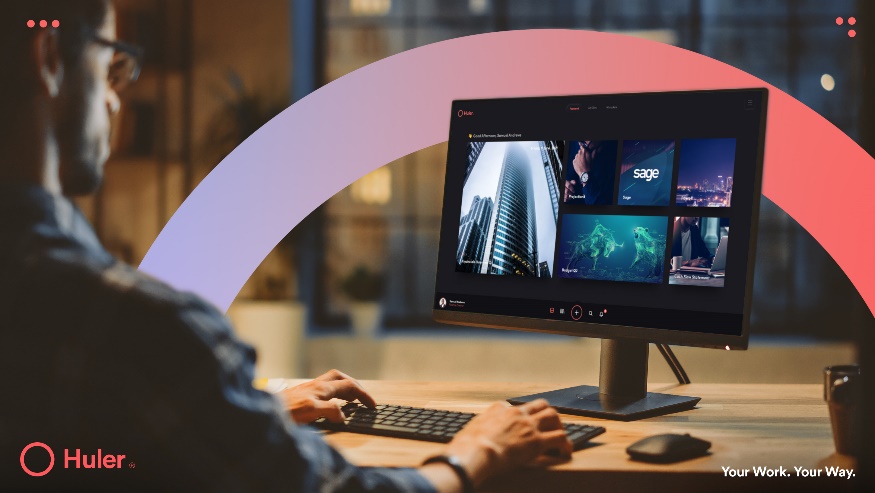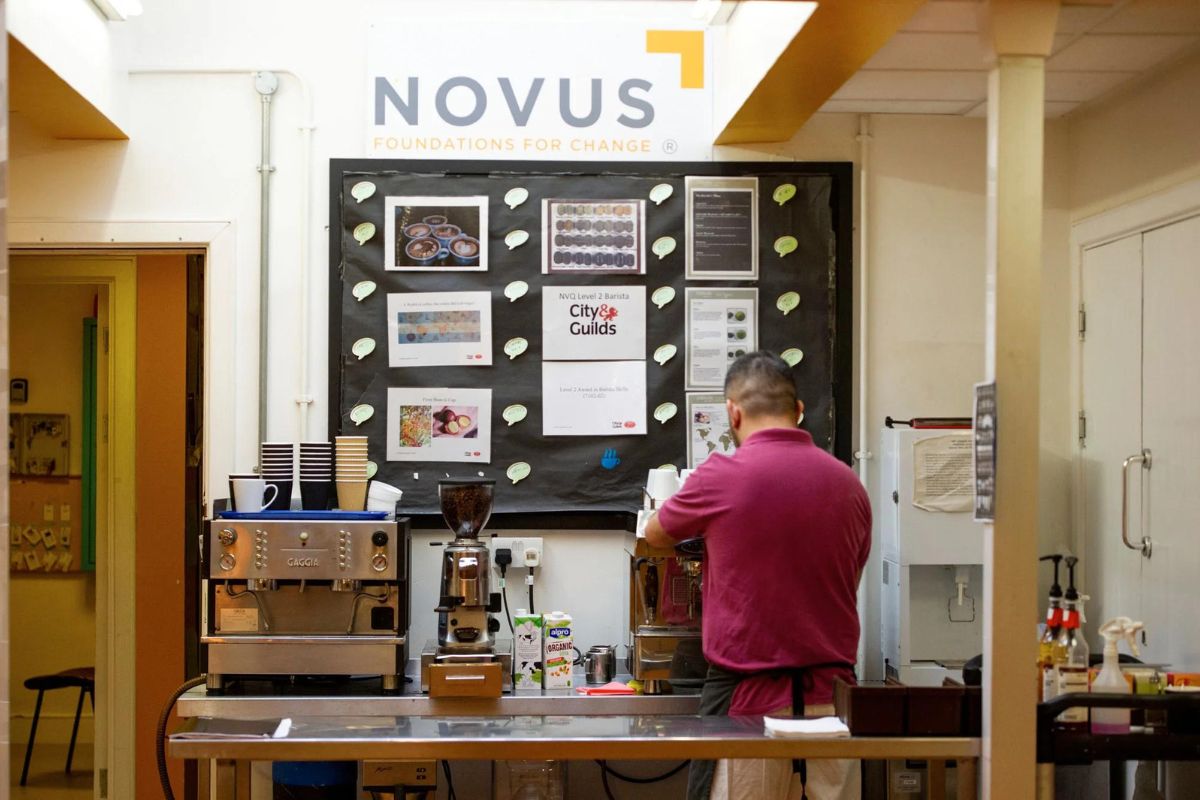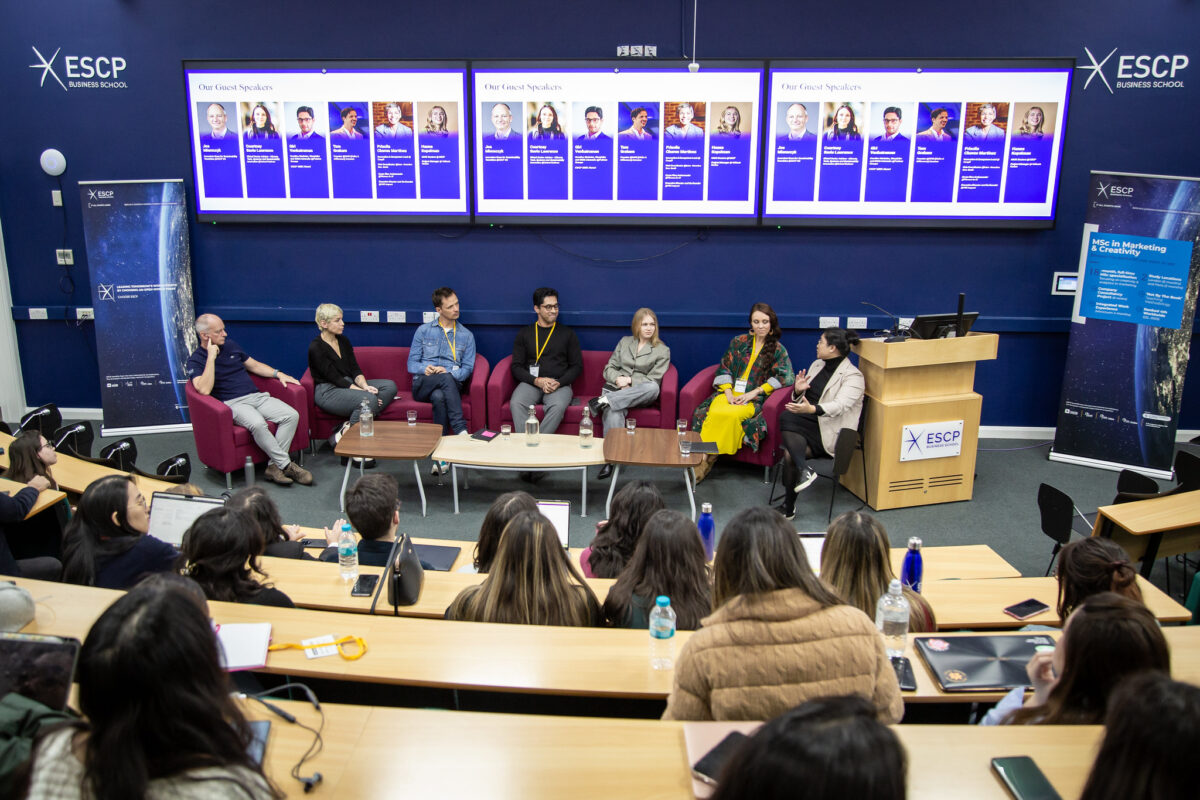Improving the workforce of the future, one digital tool at a time

Flexible working is the new normal, and it seems that the UK has taken well to it as data shows that remote working is more popular in the UK than anywhere else in Europe.
Employees have realised how convenient the ‘work from anywhere’ setup is now that the world is open again.
With more businesses implementing a hybrid working model, it’s important for them to ensure that employee wellbeing is considered to draw the line between professional and personal lives.
The pandemic caused businesses across the world to reassess their way of working, encouraging a focus on human wellness and happiness at work.
For a hybrid workforce to work there needs to be a strong focus on employees and company values, especially in great times of stress.
As employees spend more of time behind the screen, organisations need to concentrate on promoting a healthy work-life balance to ensure that employees can “switch off” to have a positive effect on their wellbeing.
Make it personal
Cultivating a strong company culture is easier said than done and requires a lot of work to keep employees engaged and focused. Changing the world of work starts with empowering one employee at a time. To truly help them thrive, businesses must make sure that their staff are at the centre of their decisions. By investing in the right workplace technology, organisations can boost productivity, help to minimise stress and meet each individual’s needs.
The hybrid working model is not a one size fits all and focusing on each employee experience will help to improve employee engagement. Providing employees with solutions that are time-effective, easy to use and most of all, won’t become outdated will help to boost productivity. It also gives employees the power to manage their days properly and improve their workflows so that they can bring their full selves to work each day. Personalising the technology and tools will provide them with the systems they require to get their job done.
One example where personalisation can come in handy is through learning and development. Tailoring the technology to each employee and ensuring that all training and development content is accessible at any given time will help to increase engagement. The use of digital ensures that employees can access content whenever they want across multiple platforms, keeping them engaged and in control of their development, learning new skills and tasks required inside the progression of their career.
Switch off
Technology gives employees the opportunities to shape their work day, but the sudden shift to hybrid working could also be a hindrance for some employees, as they lose the human interaction they would get in the office. We already know that by providing the right tools and technology, businesses can reduce the risk of employee isolation and promote flexibility. But employers must also prioritise effective communication to solve problems and exercise initiative, encouraging staff to build digital relationships to allow the company culture to grow outside of the office.
Using a human-first approach to technology empowers employees to get work done wherever and whenever they choose, promoting work-life balance and flexibility. But how can organisations give employees the chance to disconnect from work? For many workers it can feel impossible to escape from the world of work at home which is why it is important for technology to enable the working culture rather than define it – so employers must actively encourage their employees to disconnect to avoid digital burnout.
Technology plays a key part in helping businesses to embrace the hybrid workforce but combining communication is what will truly allow leaders to navigate a distributed workforce, focus on employee wellbeing and ensure that they are providing the best experience for employees, no matter where they are.
Nicky Hoyland, CEO at Huler












Responses